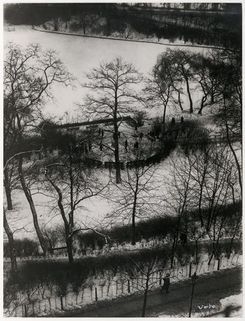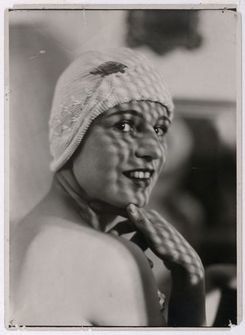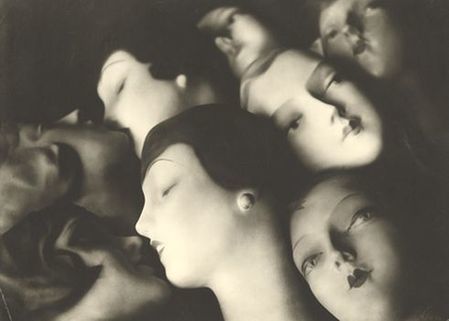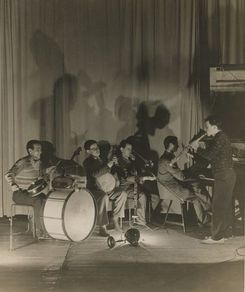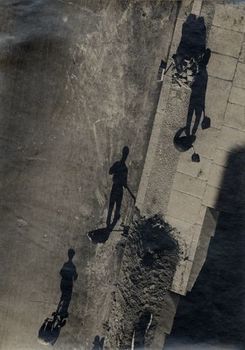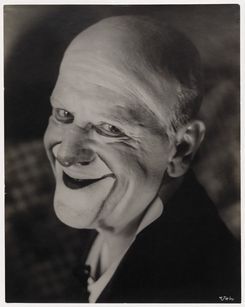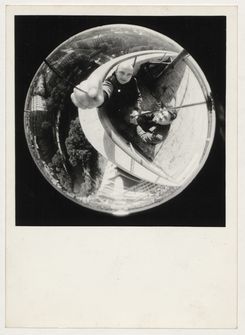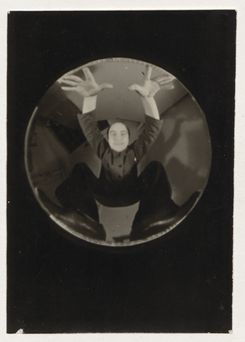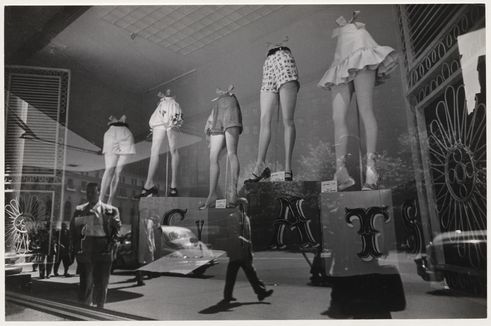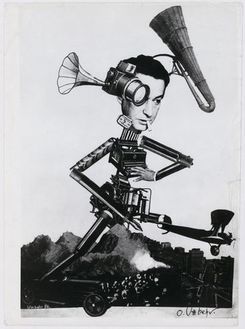Bauhaus Photographer UMBO
Promoter of the “New Vision”
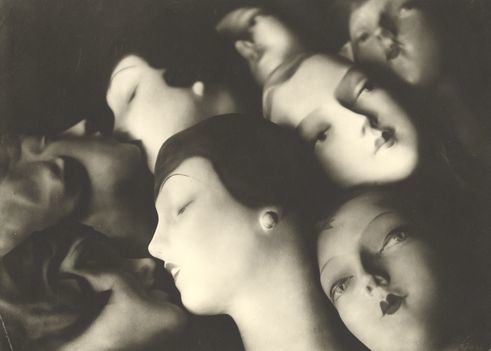
The work of photographer Otto Maximilian Umbehr, who was born in 1902 and took on the artist’s name of UMBO after 1923, has been purchased and preserved by three German museums. It puts a positive finish to UMBO’s difficult personal biography.
It has taken seven years of committed work to accomplish one of Germany’s most exciting collection combinations: the estate of the famous photographer UMBO (Otto Maximilian Umbehr) is now entirely in public ownership. Three museums have been able to secure the complete portfolio of the Bauhaus artist with the financial support of 14 patrons and sponsors. The participating establishments besides the Berlinische Galerie, are the Sprengel Museum in Hanover and the Bauhaus Dessau. The artist once lived and worked in all three places. 600 vintage prints are now being divided among the three museums, corresponding to the respective life phases of the artist. Here they will first undergo restoration, exhaustive investigation and then be presented to the public in a large joint exhibition as from 2019. This exhibition will start in Hanover, then move to Berlin and finally be on show in the new Bauhaus Museum Dessau.
Bohemian art scene during the Weimar period
In the early nineteen twenties UMBO enrolled at the Bauhaus, that was at that time still in Weimar. Here his talent as a photographer was already attracting attention. Especially due to the way he combined two distinct techniques – close-up photography in film style, and strictly composed panel pictures in Bauhaus style. These pictures from the Bauhaus period, including portraits of celebrities from the stage and other artists, were captured using a simple travel camera and are now being restored, predominantly in Dessau where they will be the main theme of the exhibition.They are just as typical of UMBO’s work as his later big city scenes in which he experimented with photo-montage and extreme, expressive angles. These works provide a glimpse of the vibrating atmosphere and the melancholy of the metropolitan bohemian art scene during the Weimar period and constitute the main theme at the Berlinische Galerie. There will be a special emphasis devoted to these pictures in the joint travelling exhibition that will also focus on UMBO’s personal and artistic misfortune. Over 50.000 negatives were destroyed in his Berlin studio during a bombing raid in 1943.
In Hanover, where UMBO lived after the Second World War until his death in 1980, and where he had to struggle to make a living by taking on odd jobs, the focus will be on his late work. It was not until the 1970’s that the once acclaimed protagonist of German avant-garde photography was celebrated as an artist again. Very much marked by the war, UMBO had almost slipped into oblivion. His revival at an advanced age is largely thanks to his agent and gallery owner, Rudolf Kicken who dedicated himself over decades to preserving the works that had not been lost in the bombing raid. He was supported later on by UMBO’s daughter, Phyllis Umbehr, who looked after another part of the remaining works. In the year 2000 the collector Thomas Walther then purchased a large part of this estate. Not long after, first discussions were held concerning the transfer of the complete body of work to public institutions, as it was the wish of all three parties to restore UMBOS’s photographs and make them accessible to the public. Large museums with their specialist departments are in a far better position to accomplish this task than private persons, and, besides having the general mandate to exhibit works, museums are required to secure and preserve important works in their archives.
Very German artist’s biography
Although it is not so uncommon to divide an estate and the restoration work among different museums, the thing that made the purchase of UMBO’s portfolio so special was that the accomplishment of this complex task was only made possible through the engagement of 14 patrons and sponsors. These included both governmental and private supporters, such as the Siemens Art Foundation and the Berlin Lotto Foundation. The purchase was initiated by the Cultural Foundation of German States that is funded by the 16 German Federal States. One of the responsibilities of this institution that was initiated in 1988, is to preserve for the public artworks that are considered to be German cultural heritage. The German Federal Government also contributed to the purchase, “borne out of the conviction that such works must under all circumstances be kept as a complete work and exhibited”, as emphasised by Monika Grütters, Federal Government Commissioner for Culture and the Media.Grütters sees the successful purchase as a demonstration of how state and private institutes can work together constructively. And it puts a positive finish to Umbehr’s difficult personal and also very German artist’s biography.
